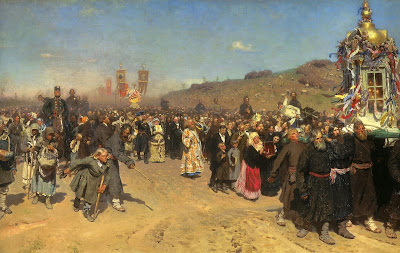KILL FLY - MARCELLO NITSCHE
In the gallery the sculpture itself was displayed, however I find this image much more interesting as it places it in an appropriate context, in the clean gallery environment, it feels like more importance is placed on its formal qualities. However outside in social environment, it becomes more read-able, and more sinister, with the viewer being very aware of the power and command ratio, with the bigger playing on the small and more vulnerable. In reflection it has made me more aware of how i present my own work, I must remember to carefully consider this aspect. In fact I would like to experiment more with displaying my work in a mixture of more social surroundings to reflect the content of my ideas.
Colin Self's Leopardskin nuclear bomber no.2, interested me because of its complexity in comparison to some others. At first your eyes are drawn to the seemingly lovely well made, aesthetically appealing children's toy, the toy is a bomb, but this is nothing unusual in children s toys. However this should be shocking, just as any violent children's toy should. This bomb a weapon of mass destruction into a consumer commodity. The leopard fur reminds us that this is a threat, like a predator, except our own man made predator, The aggressive spiked tips wildly contradicts the soft and inviting fur, with the two entirely different tactile sensations, perhaps masking the pain of war. Self is also supposedly referencing male aggression with the phallic shape, however I disagree, the soft fur and pale pink colour of the tip are obvious stereotypes of femininity, additionally I do not see the bomb shape as being overtly phallic because it is masked by the wings of the bomb. In regards to matter this made me think of miscommunication of matter, and matter of mind coming together, how one object/ one thing of matter, links to different things, evokes different matter of the mind. The end of the bomb is a very fleshy pink, relating to the target of the bomb, almost like the bomb itself is a severed limb or leg, relating to my ideas surrounding hierarchy of matter and making the body more useful. However it is ironic, the bomb made from a leg or arm, targeting more legs and arms, separating them from the body so they can then be made useful again...
COLIN SELF - LEOPARDSKIN NUCLEAR BOMBER NO.2
In regards to matter, the work of Antonio Dias was interesting. On the description on the side, it said something like 'this realistic human flesh', i wondered why I must be told something is realistic, if it is realistic then it doesn't need to be said. The 'human flesh' was not realistic, so the curators must've felt the need to label it as this, because it was 'supposed' to be realistic. But then In my mind, i started to wonder what the importance was of real matter and representational matter in art. Obviously it would be very hard to get an actual piece of human flesh and it would put an expiry date on the work (EXPIRY DATES ON WORK TO BE THOUGHT ABOUT METAPHORICALLY but not right now), however should you pretend it is what it is not. Is it not better for the representational matter to own being representational matter. Is there more power in representational power. New connotations are added to the plastic flesh that you cannot ignore, such as consumerism, the human body as invaluable or as valuable, or as an object, a product? The body as disposable. Additionally the work is supposed to reflect a shrine, but having a shrine for a piece of plastic flesh is wildly different from a piece of real flesh... feels more like a worship of plastic, or of human dummies?
On reflection my work focuses a lot around the body and no doubt I will end up using animal meat and flesh and body parts ( i always do), however it will be interesting for me to consider the effects of using them rather than human parts, including limits and restrictions. Additionally whenever i use plastic representations to be aware of the connotations of doing so.
Overall the exhibition had many interesting parts and left me lots to think about. I think the curation was bad, grouping all these works under the title of 'pop art' may not have been the best thing for them and perhaps having them altogether was too overpowering to take in. The choice of colours was also questionable at times, with the 'feminist' art grouped together in a PINK room. It felt almost insulting the female artists work on show, everything they worked for only to be displayed in a pink room, perhaps there was some irony to it, I just cant think what... I was also quite unimpressed with the feminist art on display, most of it being very obvious, however i must remember the context of these artworks, being made in a time where attitudes to women were poor (although there are still lots of problems today, woman have made progress), so the artworks needed to be obvious to have affect.





















